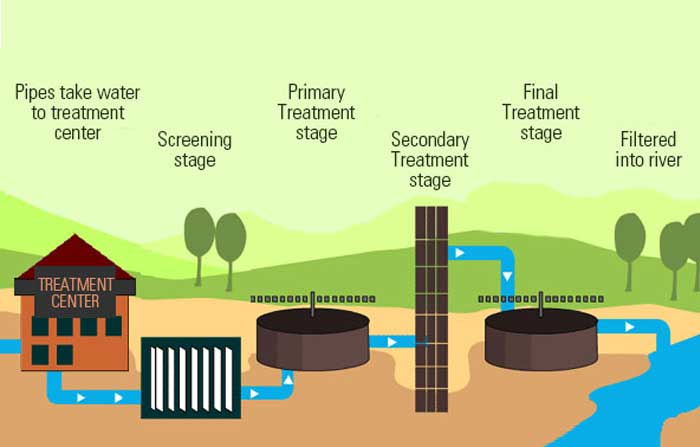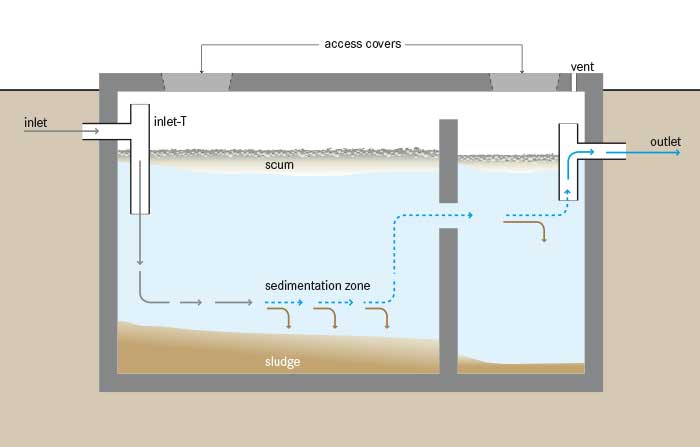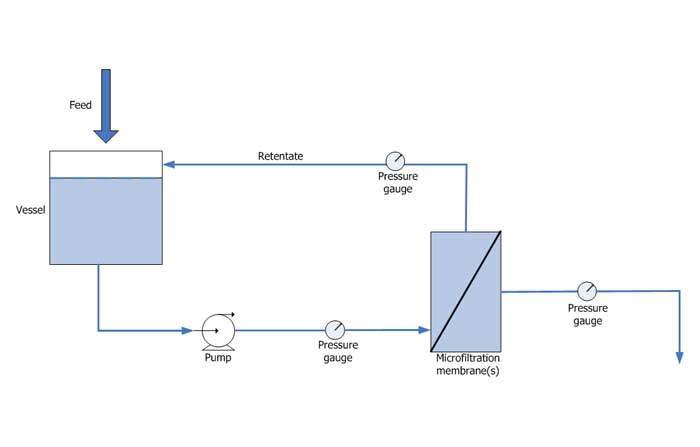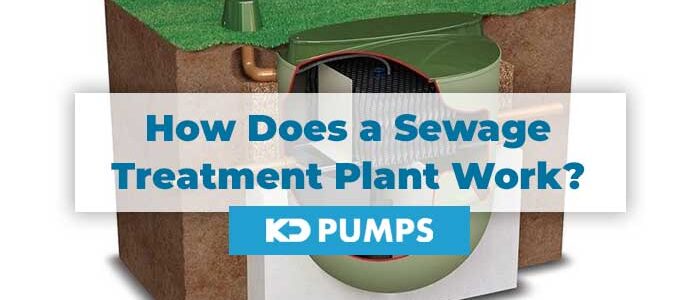How Does a Sewage Treatment Plant Work?
A properly working sewage system is of great importance to any home or business owner.
This is increasingly important if the property is not that close to the water main, since you might need a sewage treatment plant or a septic tank.
Both options have their pros and cons, and unlike what some tend to think, they are not the same.
Let us discuss in more detail what a sewage treatment plant is and how it operates.
Article Chapters
What is a Sewage Treatment Plant?

Image source: eSchool Today
A sewage treatment plant is composed of a number of internal mechanisms which break down the solid waste.
In this way a cleaner effluent is produced.
The main process involves the circulation of air with the aim of encouraging the growth of bacteria which in turn breaks down the sewage.
Sewage treatment plants vary in their size, with some being suitable for domestic properties whilst others have the potential of treating waste of larger, commercial properties.
Sewage Treatment vs Septic Tanks

Image source: Wikipedia
There is a tendency for people to think that sewage treatment plants and septic tanks are the same.
However, there are actually various differences between them.
The sewage treatment plant’s processes are quite similar to how a septic tank works.
But there are various mechanical components which provide more processes during the breaking down of the solids.
This allows for a cleaner and more environmentally friendly effluent.
A septic tank, on the other hand, produces a polluting waste product.
This will need to be dispersed to a soak-away to undergo additional treatment in the ground.
This will be done according to an Environment Agency Consent to Discharge.
Another key difference between them is that septic tanks do not use any electricity and they do not require much servicing, unlike sewage treatment plants.
All they need is to be emptied once a year.
On the other hand, a sewage treatment plant will be churning out a clean and non-polluting effluent, which is discharged directly to a stream ditch or another type of watercourse.
In order to carry out this process, sewage treatment plants require electricity to operate, and besides being emptied at least once a year, servicing is also important.
How Sewage Treatment Plants Work
The wastewater and sewage are supplied into the primary tank.
This is where the solids and liquids disperse.
The resulting product will flow into another chamber, generally referred to as the biozone chamber.
Here a sewage pump will air the waste.
During this process, environmentally friendly bacteria will enable the organic matter in the waste to condense.
As a result, this will be able to break down allowing for a more purified and environmentally friendly effluent.
When this leaves the final waste chamber it will be ready for dispersal in local ditches or in soakaway systems.
Stages of Sewage Treatment

Image source: Wikipedia
The main stages involved in sewage treatment are as follows:
- Sewage pumps from the property into the first chamber of the sewage treatment plant.
- The water sits there until scum, grease and oily residues will flow to the top, while solids settle down in the bottom of the tank.
- As soon as the process of separation has occurred, the liquid will travel into the second chamber of the sewage treatment plant. This particular chamber is fitted with an air pump, which will encourage the growth of aerobic bacteria by circulating air in the chamber. This bacteria is indispensable for the breaking down of the contaminants in the water, and consequently a cleaner effluent is produced.
- There is then a settlement tank. This final tank is where the last solids remain. These sink to the bottom of the tank, while effluent gets discharged into a watercourse or soakaway.
- Once the treatment process is completed, the wastewater would have been treated and so it can be safely discharged into the environment.
Why Use a Sewage Treatment Plant?
Whenever a new property is being constructed, or there is a development being planned, one of the main considerations is to get connected to the mains sewers.
This is the most cost effective and straightforward option to deal with wastewater.
However this connection is not always possible.
There are various cases when the distance from the property to the nearest sewes is too long.
It may also be that the layout of the land makes it somewhat difficult or quite impossible to get the property serviced by a mains sewer.
This is where a sewage treatment plant will need to be considered.
As long as there is an electrical connection, it is possible to have a sewage treatment plant installed and wastewater will be treated in the most ideal manner.
Do Sewage Treatment Plants Need Emptying?
Sewage treatment plants need to be emptied at least once every year.
This is important to keep the system free from sludge, which ends up accumulating naturally over time.
Advantages of Sewage Treatment Plants
Sewage treatment plants offer a number of advantages, including:
- They are reliable
- Can be installed practically anywhere as long as there is electricity. Even challenging and compact sites can have a sewage treatment plant installed quite easily.
- The system is cost effective over time. Besides installation and power to operate, maintenance is minimal.
Disadvantages of Sewage Treatment Plants
Some disadvantages of sewage treatment plants to bear in mind include:
- Such a system will require a constant supply of electricity in order to run.
- While problems are not likely to occur, it is important to have a professional check it out once a year and carry out annual maintenance.
- The design and installation should be carried out by a professional.
You can learn more about how sewage pumps work in our other in-depth article.
Conclusion
Considering the advantages and disadvantages of sewage treatment plants is important, as this is an investment that will need to be done to sustain your property.
As noted, sewage treatment plants are quite similar to septic tanks, but there are various advantages which make them a more suitable choice.
It is also important to bear in mind that you would need the advice and service provision of a professional drainage company who will oversee the installation and maintenance of your sewage treatment system.
References
Featured Image Source: Fuel Tank Shop


Comments are closed.